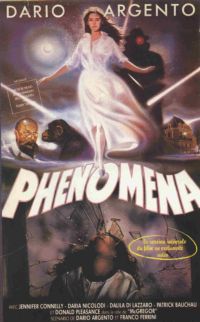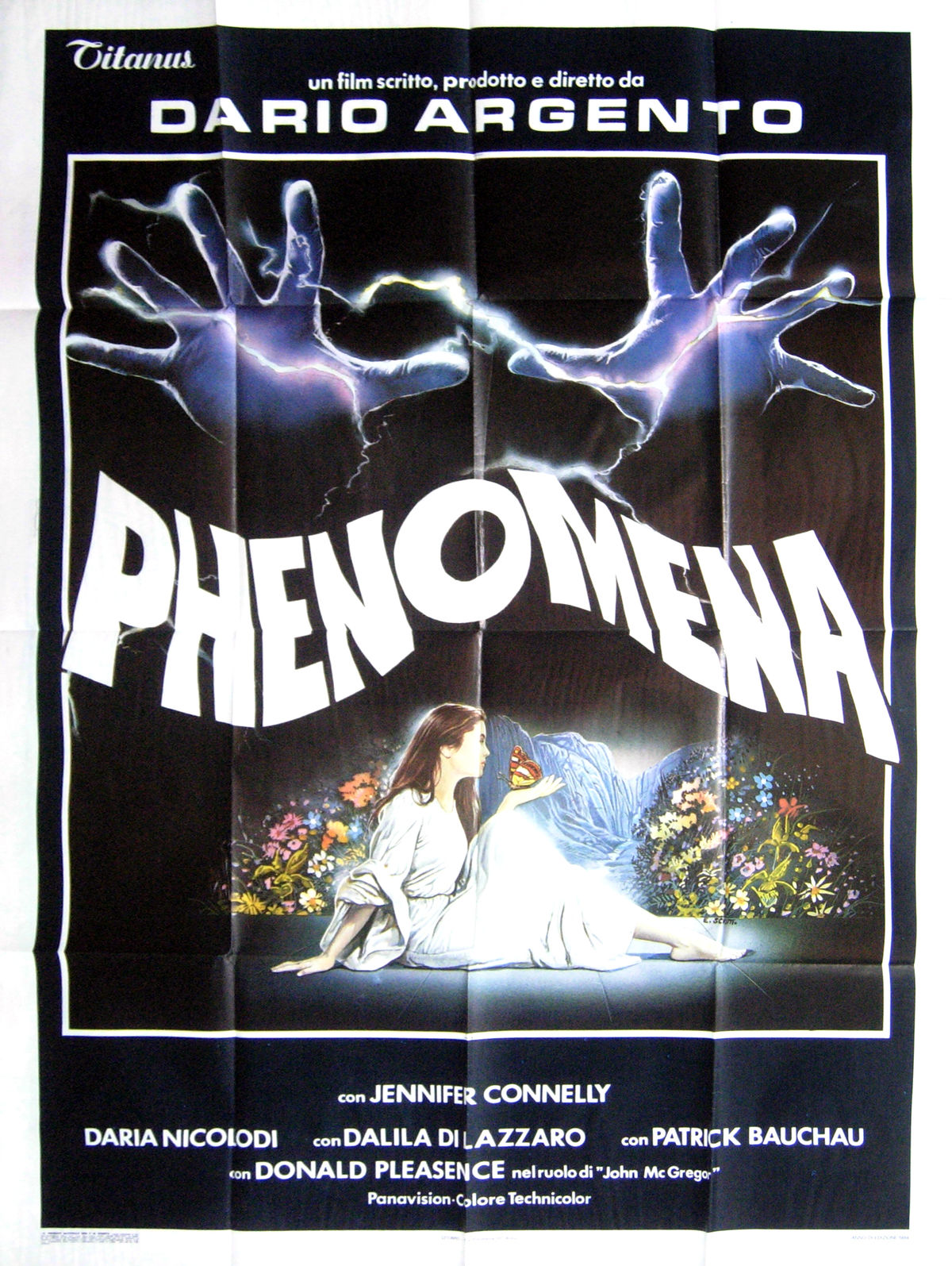

Theserepresentations are (with the exception of deaf mutes, of course) a combinationof aural and motor representations and (for people who have dealt withwritten language from childhood) the visual component may also be joinedto them. REPRESENTATIONS of linguistic objects, words and sentences, occupy adistinct place among all representations in the process of thinking.
#PHENOMENA MOVIE LANGUAGES FREE#
We do not knowthe cybernetic interpretation of free will either, and this situation isperhaps worst of all. Free will also manifests itself in thinking.We are able to turn our thoughts to any subject we wish. Finally, we are subjectively given a sensation of freedom of choicein our actions: free will. But we do not know the concrete cybernetic mechanism of thisability or, as a matter of fact, the mechanism of the association of representations.These mechanisms are not given to us subjectively either: in the streamof consciousness we merely observe their appearance, the result of theiraction. We alsoknow that humans, unlike animals, have the ability to control the processof association this is manifested as imagination, encoding, and consciousmemorization. We know that it is regulated toa significant degree by associations of representations which form underthe influence of experience and reflect the characteristics of our environment.Specifically, we receive our ability to foresee future situations to onedegree or another thanks to the association of representations. We are fairly sure about some thingsregarding the stream of consciousness. This stream can be fixed and studied, and from it we tryto draw conclusions indirectly about those processes in the brain whichare illuminated by consciousness. Thus, thinking has an external, manifest aspect: a stream of consciousrepresentations. We do not know what consciousness is from a cyberneticpoint of view: we have only fragmentary information (specifically, thatconsciousness is closely related to the activity of what is called the reticular formation of the brain). Butat any given moment in time only a certain (obviously small) part of theserepresentations is accessible to, as we say, our consciousness.These representations can be consolidated into one (for several subsystemstaken together constitute a new subsystem), which is the state of consciousnessat the given moment. Because the tern ''representation" tous means a state of some subsystem of the brain it may be said that thinkingis the process of change in the aggregate of self-representations. We know that thinking is a process that takes place inthe nerve nets of the brain. THE FIRST THING we must do to approach the problem of language and thinkingcorrectly is to clearly separate what we know about thinking from whatwe do not know.

LANGUAGE AND THINKING WHAT DO WE KNOW ABOUT THINKING? THE PHENOMENOLOGICAL DEFINITION OFSEMANTICS.This is chapter 7 of the "ThePhenomenon of Science" by Valentin F.Turchin


 0 kommentar(er)
0 kommentar(er)
